A variety of behind-the-scenes photos from
Harry Potter and the Deathly Hallows: Parts 1 and 2 were displayed at the Kinepolis de Madrid, where the photo call and press conference with Rupert Grint, and James and Oliver Phelps to promote the finale took place earlier this week.
Included amongst the batch are shots of a wet Daniel Radcliffe and Rupert Grint coming out of the lake after flying across England on the blinded dragon; Harry and Hermione on a tower of furniture in the Room of Requirement in
Deathly Hallows: Part 2. The Part 1 promos including on-set photos of Jason Isaacs, Helena Bonham Carter, and Helen McCrory between takes for the Malfoy Manor shoot, and the trio on their camping excursion. All of those images, courtesy of Following the Magic blog, can found in our
galleries.
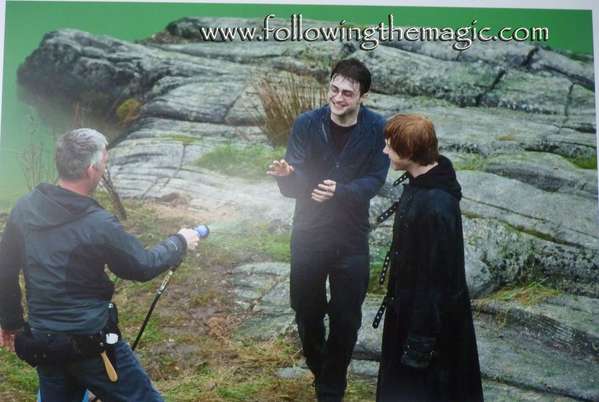
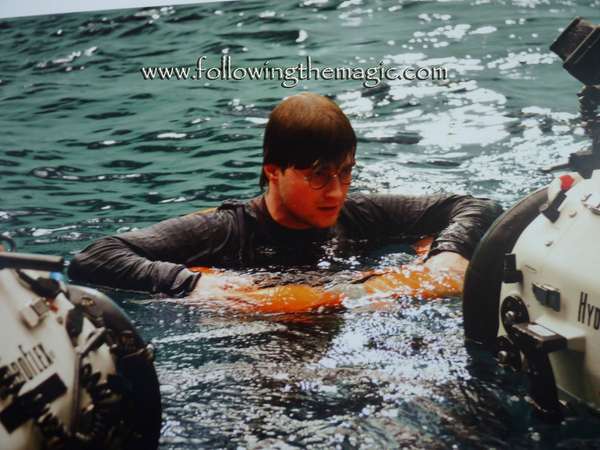
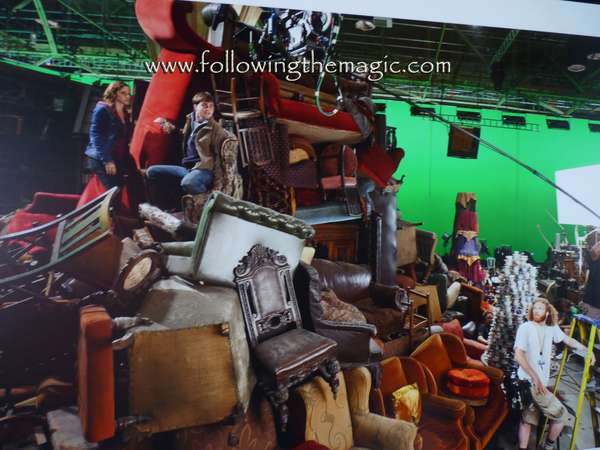
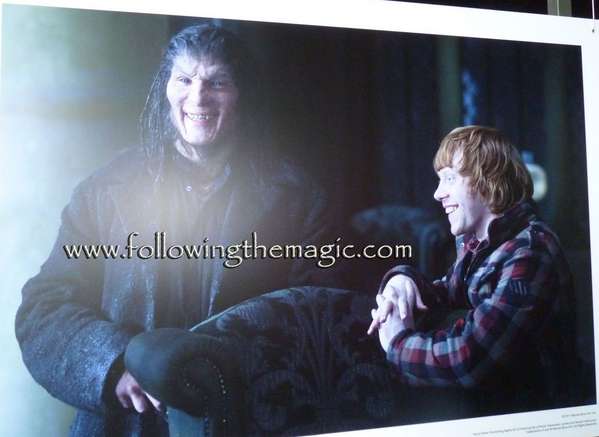
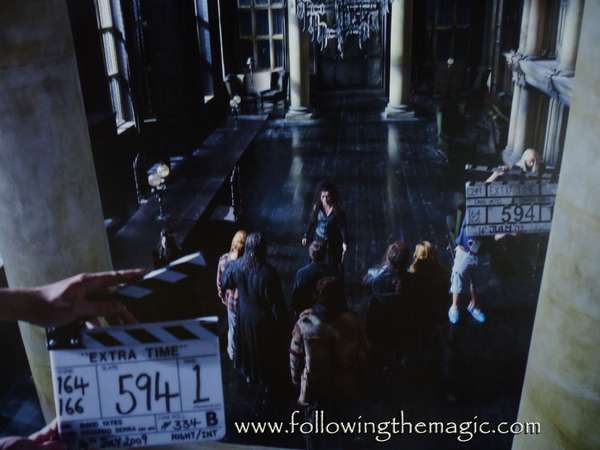
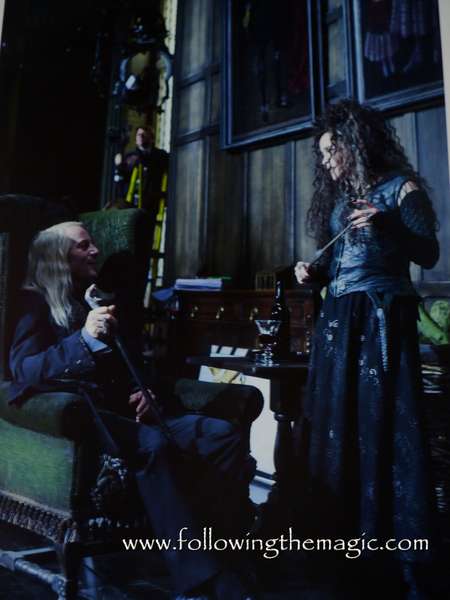

Harry Potter visual effects supervisor Tim Burke spoke to the LA Times about the conversion of
Deathly Hallows: Part 2 to 3D, the epilogue reshoots, and the challenging aspects of bringing the Gringotts chase scene to life.
Quote:
So you were working right down to the wire.
TB: We were past the wire, actually. We really pushed it right way to the end of any possible time on this one. We had the big conversion to 3-D as well, and that sort of added a massive complication. So yeah, we’ve used every second we possibly could.
NC: How is the 3-D?
TB: I think it’s good, actually. I think people are going to be really pleased. I know everyone’s a little nervous and skeptical of 3-D these days, but the work has been done very, very well. We’ve done over 200 shots in 3-D and in the visual effects as well, because so much of it is CG, so the results are very, very good. I think everyone’s going to be really impressed with it, actually.
Quote:
Didn’t you have to make last-minute changes to the final scene when the kids are all grown up?
TB: Oh, yeah, they actually had to re-shoot that. I’d even forgotten about that already. Because they were re-shooting it, they couldn’t go to King’s Cross, where it was staged. So they shot it with green screen, and we had to put King’s Cross in. So that was a surprise. I’d forgotten it all.
And then they did some sort of makeup for the aging. But then at the very end, after the audience screening, they asked us to start enhancing it to make the kids seem older. So that was another surprise. See, you just forget these things. I think it’s called therapy. You just try and blank them.
Quote:
Is there a particular sequence you’re most proud of?
TB: There’s so much work. I think, hopefully, it will all be good. There’s some great stuff very early on with the dragon in Gringotts. There’s some great fun in that. The battle sequences are epic, and just continuous. It’s almost wall-to-wall work, that’s the thing. So it doesn’t really stand out as being one scene. We did a lot of the design for the school itself. And the school has been completely rebuilt as a CG model.
In the previous films we’d always used a miniature model to do that part of the work. But in order to give ourselves sort of a lot of flexibility and scope with the actual battle sequence itself, we decided to rebuild it all as a CG model, and the surrounding sort of Scottish landscape, models so we could put the camera wherever we wanted. And because it’s all these different action sequences happening in the landscape, and in parts of the school, we needed to be able to link these together, and some of them were on practical sets. … We were able to basically build this whole environment in the computer, and then link all of these different things together in CG in this kind of virtual world. So that in itself was a massive undertaking.
As soon as they get back to Hogwarts and the battle starts, every single shot is an interior or an exterior Hogwarts set-piece, and so it’s an environment that we’ve done something to. It’s just the sheer volume of work, and that environment work, and then the animation on top of that. It’s really worked as a whole piece. It’s not just one individual little thing. It’s an amazing amount of work.

